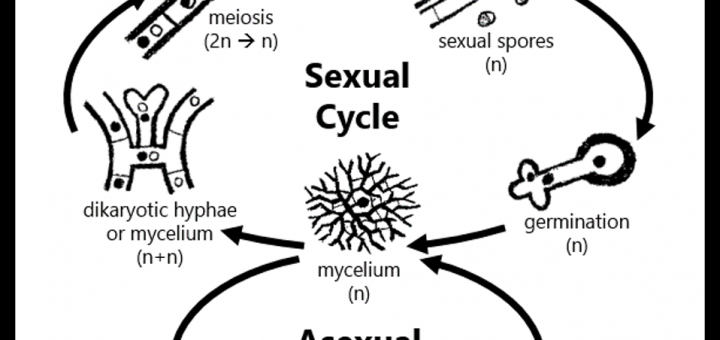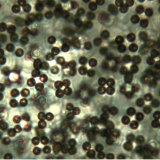#015: Characteristics of Phylum Glomeromycota [Archived]
Note: This is an archived post. You can find the current version of this post here. The Glomeromycota are all fungi which form arbuscular mycorrhizae (AM). Mycorrhizae are a type of mutualism with plants where the fungus gets sugars and gives up hard-to-extract nutrients (especially phosphorous). AM fungi accomplish this by forming structures within the plant’s root cells while not causing a disease reaction. Most land plant species form AM, and only a few families are considered non-mycorrhizal. AM fungi tend to be generalists, colonizing a variety of different plant species. Each plant is usually colonized by multiple AM species. This mycorrhizal network has a variety of different roles in an ecosystem. It supplies nutrients to plants, determines what species make up an ecosystem’s plant community, and allows other plants (like orchids and Indian pipe) to parasitize larger plants via the network. A recent study has also suggested that plants...

![#015: Characteristics of Phylum Glomeromycota [Archived]](https://www.fungusfactfriday.com/wp-content/themes/hueman/assets/front/img/thumb-medium-empty.png)






![#011: Characteristics of Kingdom Fungi [Archived]](https://www.fungusfactfriday.com/wp-content/themes/hueman/assets/front/img/thumb-small-empty.png)
